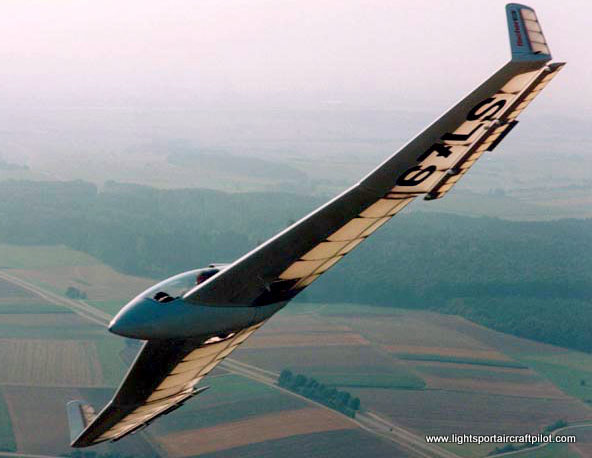fcolver wrote:Paragliders have flaps - in fact that is all they have - 2 Independent flaps that are called brakes in PG speak. It is their only method of control which is a disadvantage in certain situations but it does make for slow landing speeds if used correctly.
While I was typing away on the not immediately obvious problems of big flaps on flex wings, I forgot about my main argument:
Flaps can reduce minimum airspeed. As a by-effect, they increase the glide angle. Both facilitates navigation to the desired spot. But it does not address the fundamental reason why hang gliders are prone to whacks. Unless there is strong laminar wind down to the last metres, minimum air speed will never mean close zero ground speed. This leaves the pilot with two options:
a) Fly with minimum speed at touch down and roll, run, glide until all speed is burnt by ground friction. This comes in several variations including the Greblo Moonwalk. In any case, this option requires a clear run(!)way.
b) Put the wing in a deep stall when sufficiently slow and sufficiently close to ground. The wing acts as a very efficient air break to almost immediately achieve close to zero airspeed. When the wing wants to accelerate in reverse direction, the legs touch the ground with no steps and the pilot walks away with a grin on his face.
Traditional flaps obviously help with type a) landings. That's why they are an integral part of the design of regular aircraft . But flaps hardly affect type b) flare landings. Birds prefer to land with their wings in full stall. This may be a reason why nature did not bother to give them flaps.
Option b) would be ideal if it wasn't for the difficulty to actually put the wing in a deep stall. The wing is deliberately configured to try and return to regular flight state when disturbed. This is what pitch stability and stall recovery is about. The wing "wants" to drop the nose when too slow to support the pilot. In particular, there is range of angle of attack at which the centre wing is stalled but the tips are not. Since the tips are a decent amount behind the centre both conspire to induce a nose-down moment. And a very strong one at that. Stay in this state for longer than a split second and the wing will go on its nose no matter how far the pilot moved himself to the back → WHACK!
The trick to pull of a decent three-stepper is to push yourself to the back of the wing fast. With the weight in the back, the wing gets pitch unstable while the air flow is still attached to the wing. With an unstable wing a small positive deviation of pitch accelerates itself until the flow finally separates. This raises the attitude of the wing so fast that it pushes through to complete deep stall in split seconds. The requirement to be both sufficiently slow and sufficiently low adds a critical timing aspect to the already physically demanding action.
Paragliders still routinely do their non-issue no steppers with their brakes. They literally pull them all the way down until the wing stalls. Unlike hang gliders there is no sweep and consequentially no strong pitching torque while the wing is partially stalled. It does not drop its nose. Instead, right after stall is in effect, the pilot looses height and is delivered standing on his feet. With the pilots weight on his feet rather than on the lines the canopy looses its driving power and falls to the ground.
My conclusion, just adding big flaps to a flex wing won't give us ease of landing comparable to the PG. We'd also have to get rid of sweep and twist. This would of course open a whole can of stability worms.
---<)kaimartin(>---
 Home
Home


